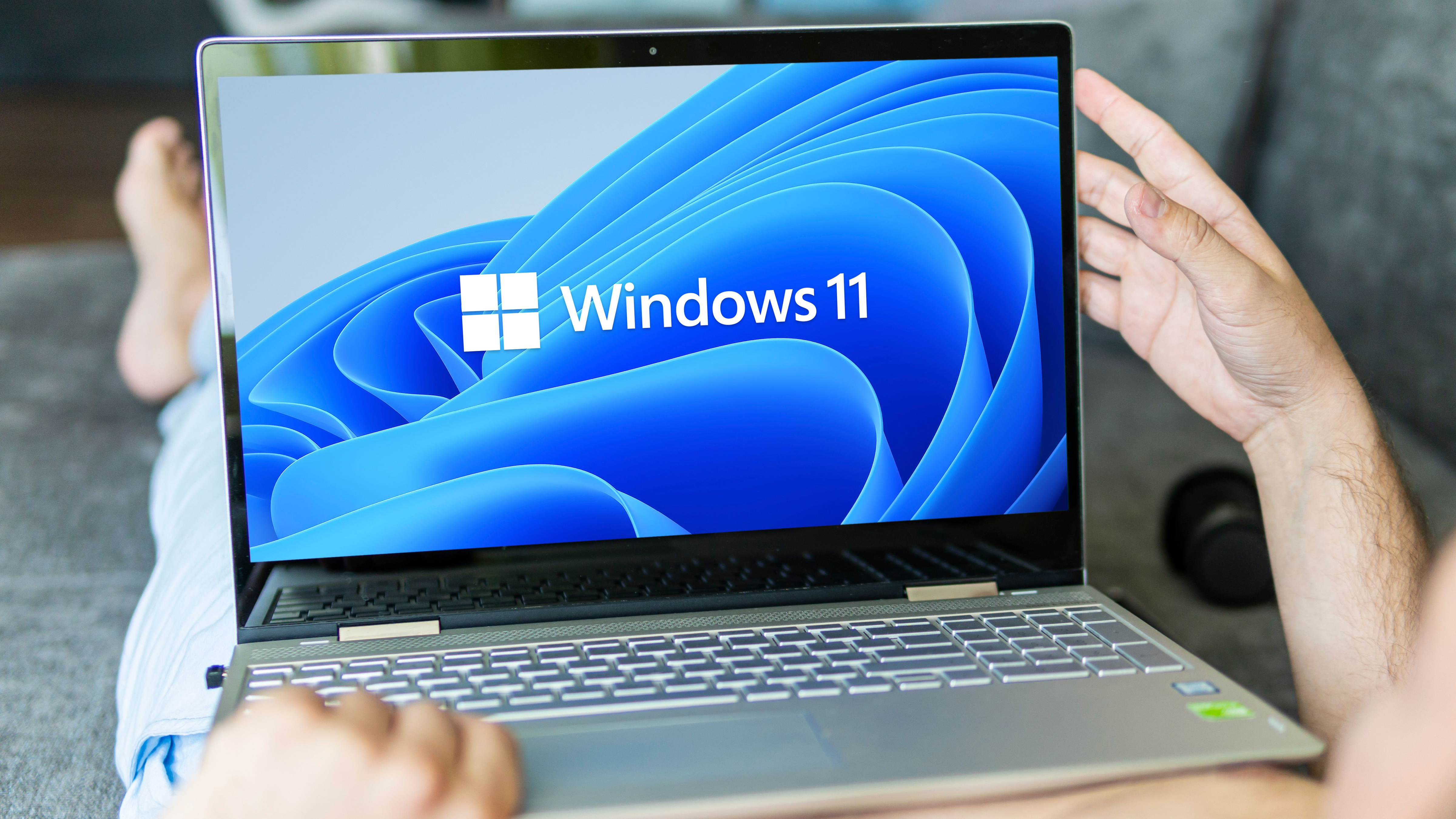Windows 11 screenshots could soon work differently, breaking 30 years of tradition
Change to how the Print Screen key works has been made in testing

Windows 11 could get a change to the way the Print Screen (PrtScn) key works which might annoy some users – but the good news is that even in testing right now, there’s a remedy for any irritation that might be caused.
Windows Latest flagged up this move which is present for those testing preview build 22621.1546 and build 22624.1546 in the beta channel.
As you’re likely aware, pressing Print Screen on the keyboard (usually at the top-right of the deck) normally takes a grab of what’s on the screen at the time and places that in the clipboard, so you can then paste it into whatever you wish (an image editor perhaps, or a Word document, or messaging platform).
This has been the case for a long time (since Windows 3.1, over 30 years ago, we think – or certainly since Windows 95, anyway).
In this new preview build (released four days ago), Microsoft has made it so that pressing the key now opens the Snipping Tool instead.
It’s quite a small change, but with a potentially more sizeable impact on the workflow of many people. However, as mentioned at the outset, there’s good news for those who hate this idea, and that’s the presence of a switch in the beta build to turn off this option.
This is nestling in the Settings panel, under Accessibility > Keyboard, where there’s a ‘Use the Print Screen key to open Snipping Tool’ slider – and you can just switch this off.
Get daily insight, inspiration and deals in your inbox
Sign up for breaking news, reviews, opinion, top tech deals, and more.
In that case, Windows 11 will revert to its default behavior of copying the screenshot directly to the clipboard.
Analysis: Making Windows more user-friendly
What’s the big idea here, then? Well, it’s really about making Windows 11 more friendly to complete newcomers.
Grizzled veterans of the computing world will, of course, be very familiar with the fact that if you press Print Screen, the OS will copy an image of the screen to the clipboard you can then paste elsewhere. But there’s no indication to those completely new to Windows that anything has happened – no prompt, message, or even a little sound effect to indicate something has occurred when the key is pressed.
What Microsoft is doing in popping up the Snipping Tool is giving a firm indication that the screen has been grabbed. And moreover, the user has the ability to edit that grab there and then in the tool, quickly cropping it, for example, before saving the image. So, this is kind of a double-pronged move to help less tech-savvy types know what’s happening when hitting PrtScn.
Fortunately, with the ability to change the Print Screen behavior present in Settings, Microsoft is giving those more familiar with the way Windows works the choice to stick with the current scheme of things. The worry for some folks could be that eventually, Microsoft will discard this old way of working entirely…
At any rate, there’s no guarantee that any change applied in testing will make it to the release version of Windows 11. Microsoft may just scrap the idea completely, especially if there’s negative feedback from testers (or indeed a lack of positive feedback, perhaps).
If you think Print Screen is rather oddly named, by the way – you might be wondering why it isn’t called Screenshot or Grab Screen, for example – well, the answer is that way back when, the key literally printed the contents of the screen (sending it straight to your printer). After the usefulness of that ability faded away, it was changed to take an image of whatever’s on the screen.
Darren is a freelancer writing news and features for TechRadar (and occasionally T3) across a broad range of computing topics including CPUs, GPUs, various other hardware, VPNs, antivirus and more. He has written about tech for the best part of three decades, and writes books in his spare time (his debut novel - 'I Know What You Did Last Supper' - was published by Hachette UK in 2013).